Seizure Localization
In a recent Nature Neuroscience publication, neural fragility, the algorithm that EZTrack v0.1 is based off of, was shown to be statistically superior to the clinical operating point and fourteen other commonly used iEEG features in localizing the seizure onset zone. We conducted a retrospective study among 5 clinical centers with 91 subjects.
We utilize advanced machine learning technology, dynamical systems modeling and hundreds of hours of iEEG data to develop the algorithm behind EZTrack.
It is more accurate when posed as a surgical prediction problem. EZTrack predicts 43 out of 47 surgical failures, with an overall prediction accuracy of 76% compared with the accuracy of clinicians at 48%.
It is interpretable. EZTrack converts iEEG data into a readable spatiotemporal heatmap, with electrode neural fragility evolving over time. In our paper, we showed that high fragility correlates well with clinically annotated seizure onset zones when a surgery was successful.
It is fast to compute. One can go from snapshots of high-resolution iEEG to a spatiotemporal neural fragility heatmap in a matter of minutes.
If you would like to try EZTrack in your clinical workflow, please fill out our contact form.

